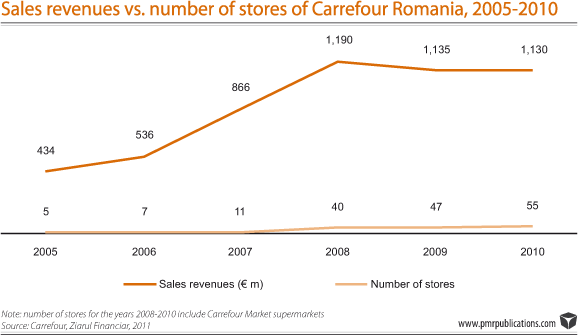 I guess you have been to a hypermarket at least once in your life since these big stores existed and the first time you stepped in, surely you were amazed by the surface size, the displays, the offerings and how huge the store is, you looked both ways and you could not see where it ends. But maybe soon and in my opinion, this will be a memory because I think the supermarkets and mainly hypermarkets surfaces in Europe will shrink more and more.
I guess you have been to a hypermarket at least once in your life since these big stores existed and the first time you stepped in, surely you were amazed by the surface size, the displays, the offerings and how huge the store is, you looked both ways and you could not see where it ends. But maybe soon and in my opinion, this will be a memory because I think the supermarkets and mainly hypermarkets surfaces in Europe will shrink more and more.
So you might be wondering why?
Many people might say that French are rude and arrogant, but when it comes to retail distribution, no one can deny that they are the kings of retail distribution (in french: la grande distribution) and they are the trend setters in this sector. in Europe they are the leaders and all the others follow.
Having said this, we should not forget other major European players such as Tesco (United Kingdom) and Metro Group (Germany).
During my career path, I had the chance to explore this French style of doing business when I was a buyer for Monoprix in Lebanon and wherever you go, no matter in which country, it is known that buyers are arrogant, not sure if this is linked to the French thing mentioned previously but I can easily say that it was a hell of an experience I had.

Lately I have been monitoring the French retail distribution scene more and very closely because of a dedicated project and during my last trip to France, I had this feeling that surfaces of hypermarkets will start shrinking because of the specialized stores growth.
Hypermarkets are big, they can vary from 3,000m² up to 25,000m², which means the operational cost is huge and with bad economies the average basket is down. Previously this difference was compensated from the non-food categories which is not the case anymore nowadays, even the problem is touching some of the food categories. Therefore very soon supermarkets and hypermarkets, will skip lots of categories and focus more on food and fight for more margins and discounts.
New store types were and are emerging more and more, taking away the small categories from the hypermarkets and turning them into more specialized store types, giving more focused experience and offering wider selection for the consumers.
The below table will show you the alternatives of some hypermarket categories.

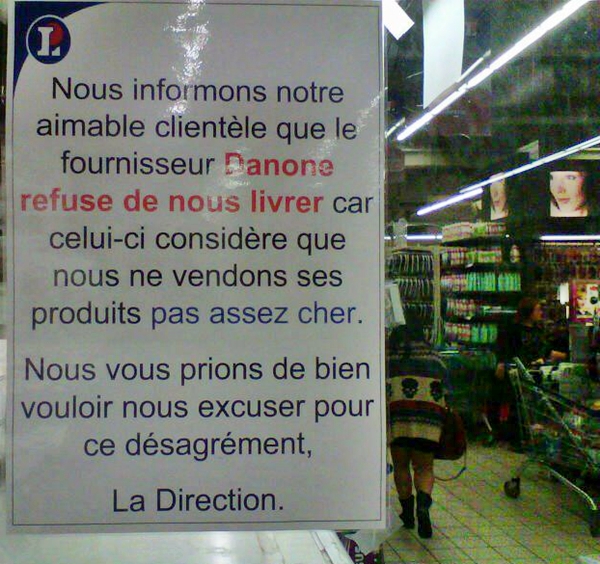

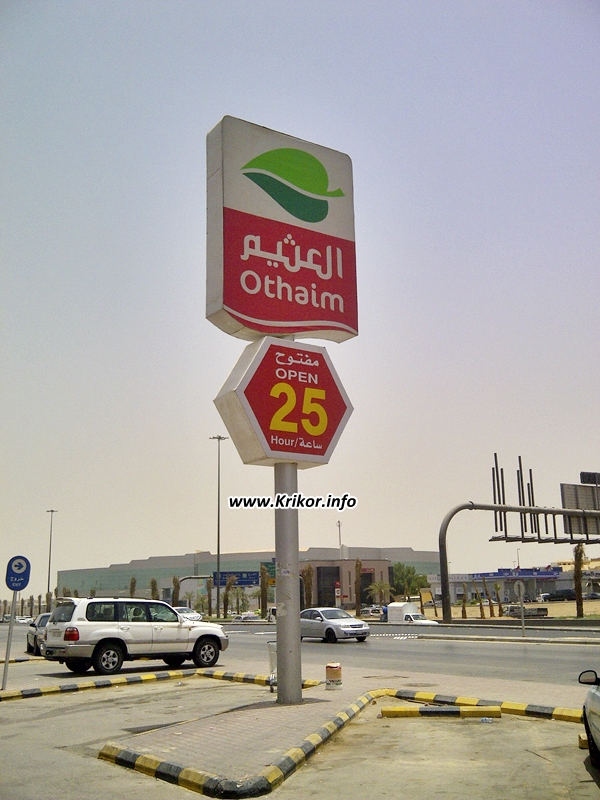
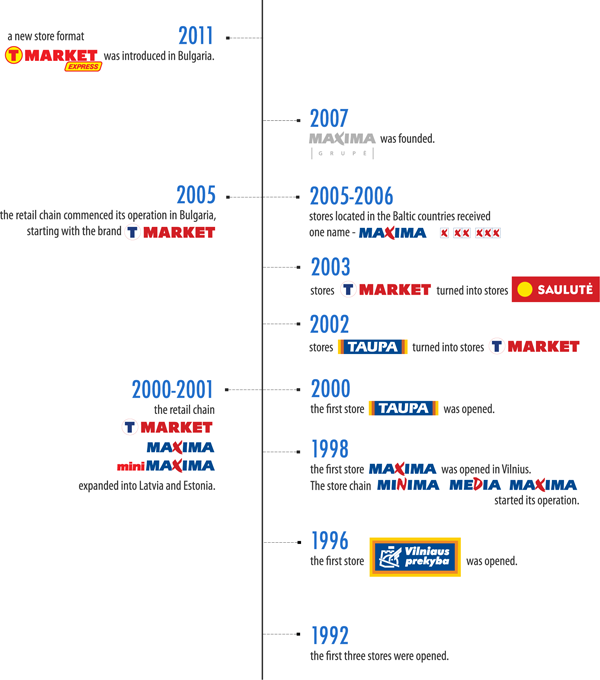
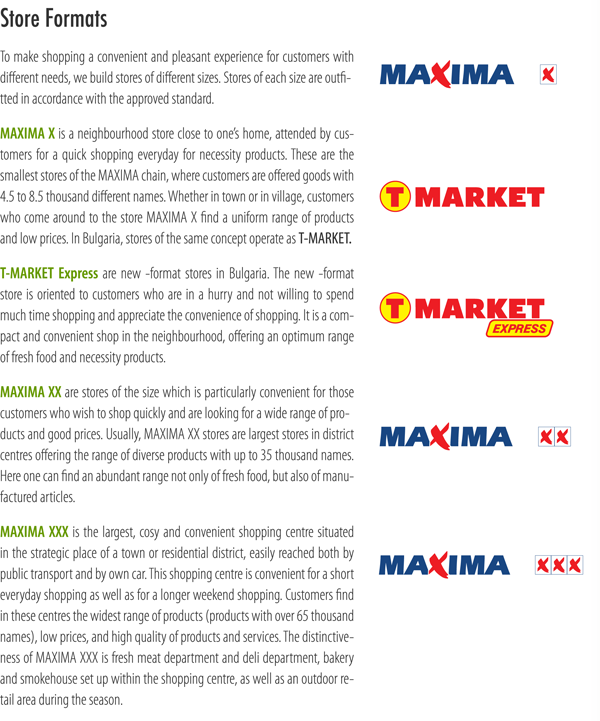
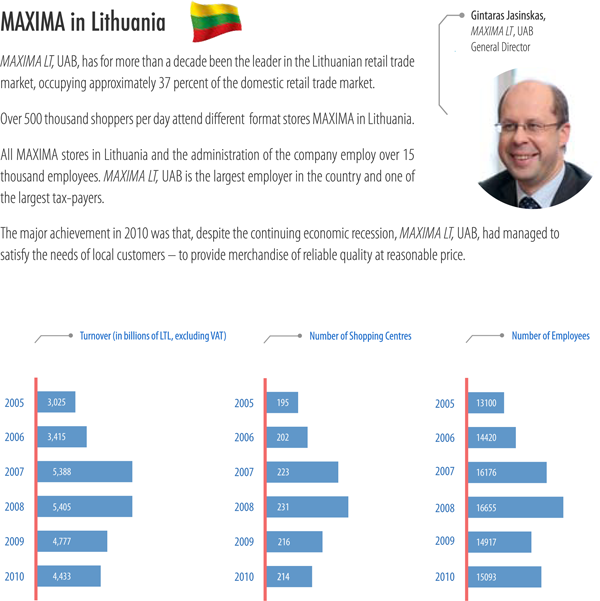
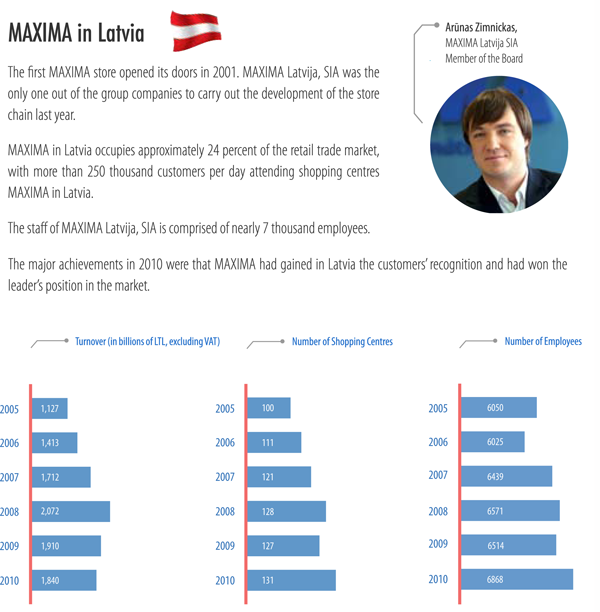
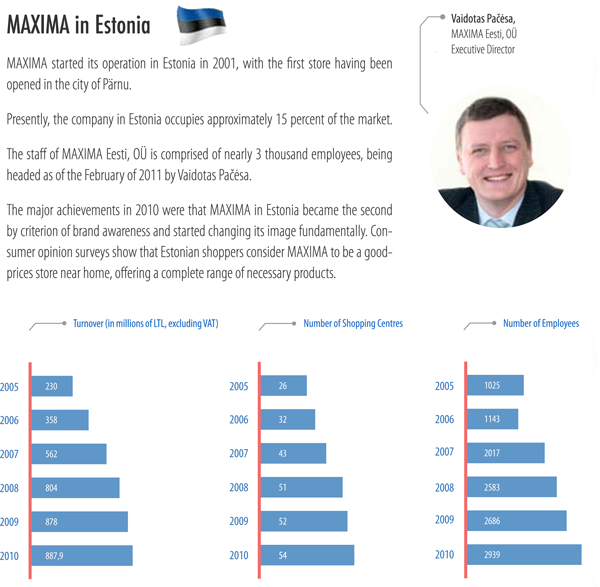
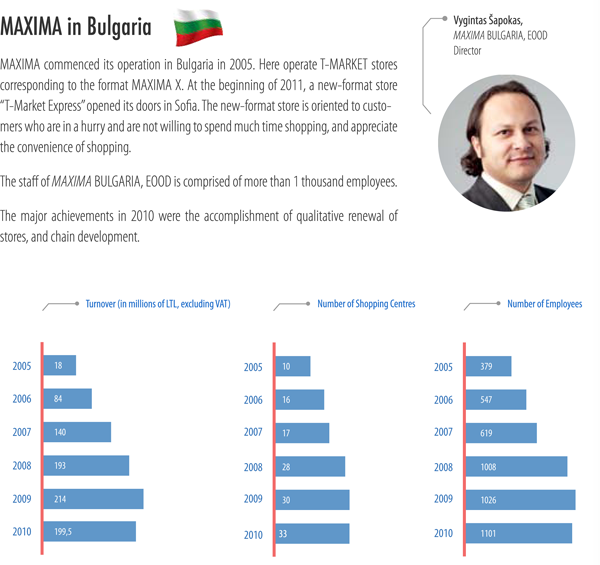
 The Nice! brand name, two years in the making, began to appear on Walgreens store shelves last month on food products from soup to nuts. The rollout of more than 400 items, mostly grocery and paper products, is scheduled to accelerate this month and wind up at all 7,742 Walgreens and Duane Reade drugstores nationwide by January 2012.
The Nice! brand name, two years in the making, began to appear on Walgreens store shelves last month on food products from soup to nuts. The rollout of more than 400 items, mostly grocery and paper products, is scheduled to accelerate this month and wind up at all 7,742 Walgreens and Duane Reade drugstores nationwide by January 2012.
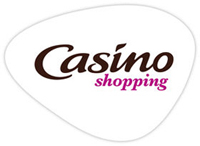 Petit Casino, flagship of proximity stores of
Petit Casino, flagship of proximity stores of 

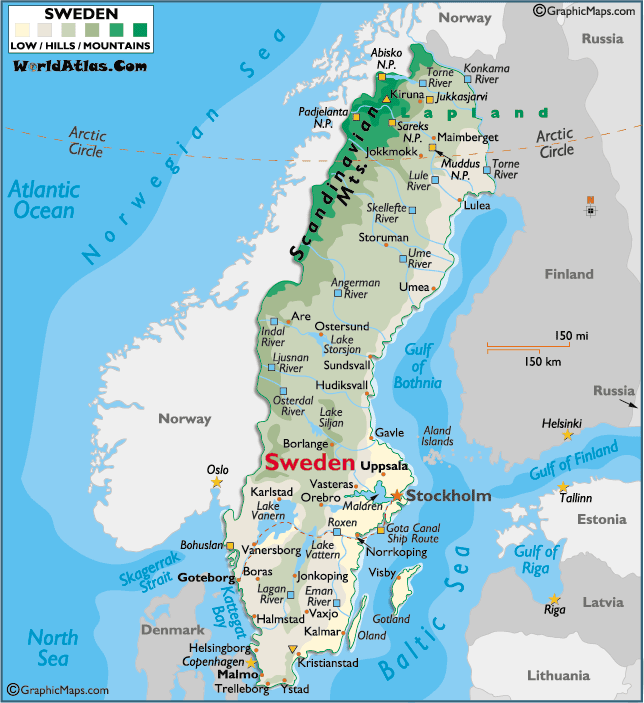
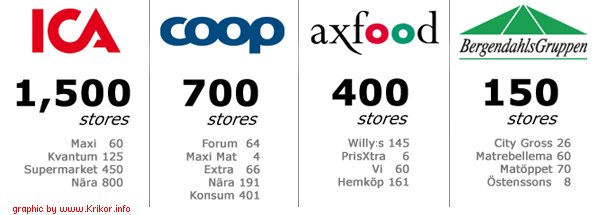
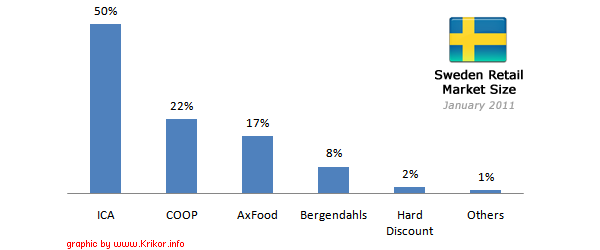
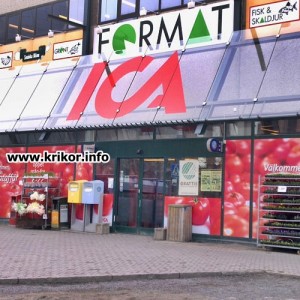

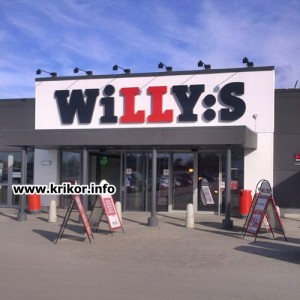
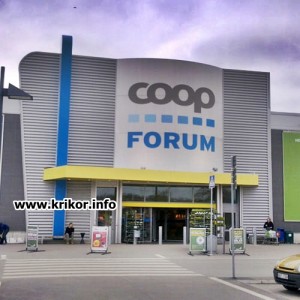
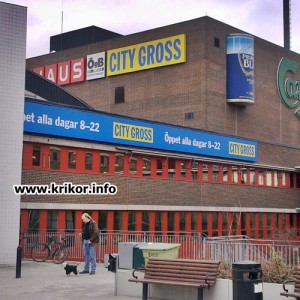
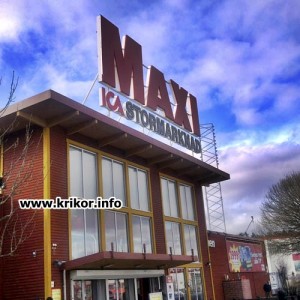

 Today
Today 
 The war is going on between the retailers (supermarkets and hypermarkets) and the suppliers (brand principles) and if you are wondering why, it is because of the non-stop products price increase.
The war is going on between the retailers (supermarkets and hypermarkets) and the suppliers (brand principles) and if you are wondering why, it is because of the non-stop products price increase.
 I guess you have been to a hypermarket at least once in your life since these big stores existed and the first time you stepped in, surely you were amazed by the surface size, the displays, the offerings and how huge the store is, you looked both ways and you could not see where it ends. But maybe soon and in my opinion, this will be a memory because I think the supermarkets and mainly hypermarkets surfaces in Europe will shrink more and more.
I guess you have been to a hypermarket at least once in your life since these big stores existed and the first time you stepped in, surely you were amazed by the surface size, the displays, the offerings and how huge the store is, you looked both ways and you could not see where it ends. But maybe soon and in my opinion, this will be a memory because I think the supermarkets and mainly hypermarkets surfaces in Europe will shrink more and more.

 Despite the constantly rising number of stores in Romania, Carrefour, the largest hypermarket operator in the country, did not succeed in increasing its revenues over the last two years. The company earned €1.13bn in 2010, a 0.4% reduction in comparison with the previous year and 5% less than 2008, its record year in Romania in terms of sales. With 15 stores more in 2010 than in 2008, representing an investment of about €60m between them.
Despite the constantly rising number of stores in Romania, Carrefour, the largest hypermarket operator in the country, did not succeed in increasing its revenues over the last two years. The company earned €1.13bn in 2010, a 0.4% reduction in comparison with the previous year and 5% less than 2008, its record year in Romania in terms of sales. With 15 stores more in 2010 than in 2008, representing an investment of about €60m between them.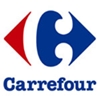 In 2010, Carrefour opened 10 supermarkets and one hypermarket, the latter in the city of Drobeta-Turnu Severin, in south-western Romania. On the other hand, the company closed three supermarkets in the country in 2010, one each in Hunedoara, Baia Mare and Turda, as part of its strategy of optimising its operations. Carrefour had 55 stores on the Romanian market at the end of 2010, of which 23 were hypermarkets and 32 supermarkets.
In 2010, Carrefour opened 10 supermarkets and one hypermarket, the latter in the city of Drobeta-Turnu Severin, in south-western Romania. On the other hand, the company closed three supermarkets in the country in 2010, one each in Hunedoara, Baia Mare and Turda, as part of its strategy of optimising its operations. Carrefour had 55 stores on the Romanian market at the end of 2010, of which 23 were hypermarkets and 32 supermarkets.